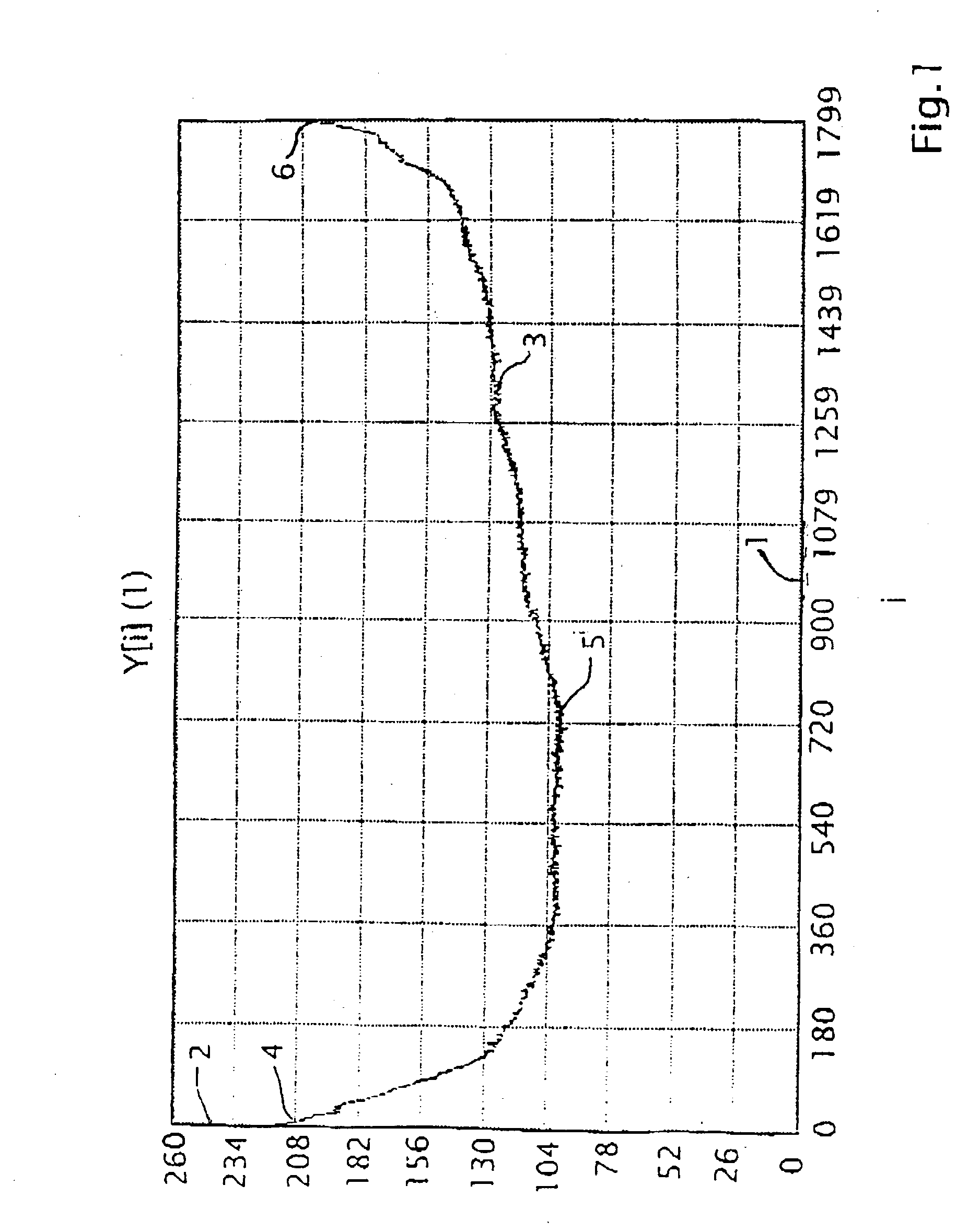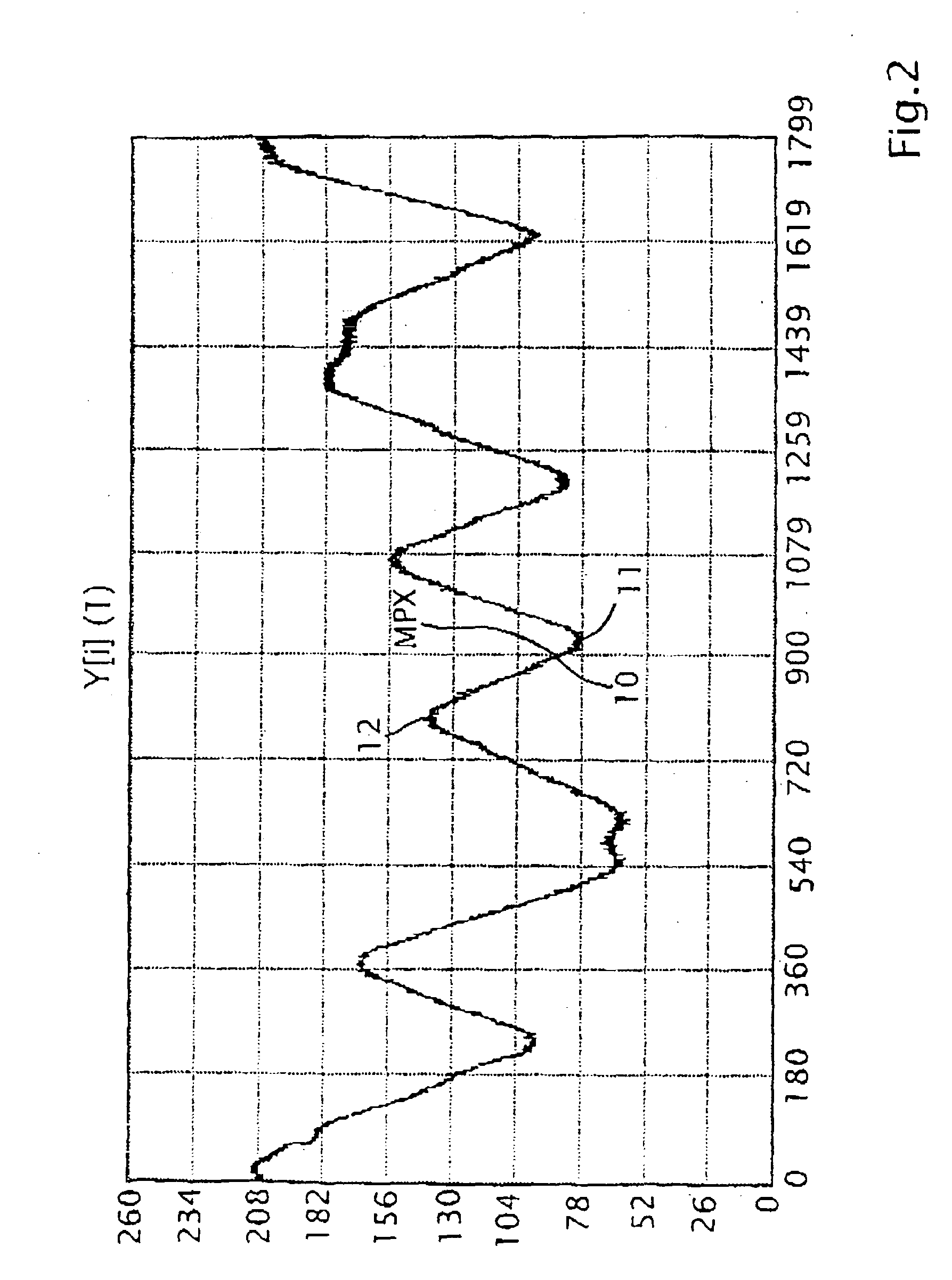Autofocusing method for telescopes pertaining to surveying equipment
- Summary
- Abstract
- Description
- Claims
- Application Information
AI Technical Summary
Benefits of technology
Problems solved by technology
Method used
Image
Examples
Embodiment Construction
[0010] The objective of the present invention is to eliminate the disadvantages of the state of the art to the greatest extent possible so as to obtain an autofocusing control signal and to determine the point (state) of optimal focusing of the telescope without using additional optical means and without having to necessarily pass through the entire focusing range.
[0011] According to the invention, this objective is achieved with the means indicated in the first patent claim. The subordinate claims present details and embodiments of the invention.
[0012] For example, in the case of two-dimensional image detectors, it is advantageous to perform the calculations in the direction of the rows, in the direction of the columns or else in both directions at the same time.
[0013] It is likewise advantageous if the focusing path until the next measurement is ascertained as the product resulting from the ratio of the maximum signal to the local signal amplitude, from the focus position relative...
PUM
 Login to view more
Login to view more Abstract
Description
Claims
Application Information
 Login to view more
Login to view more - R&D Engineer
- R&D Manager
- IP Professional
- Industry Leading Data Capabilities
- Powerful AI technology
- Patent DNA Extraction
Browse by: Latest US Patents, China's latest patents, Technical Efficacy Thesaurus, Application Domain, Technology Topic.
© 2024 PatSnap. All rights reserved.Legal|Privacy policy|Modern Slavery Act Transparency Statement|Sitemap



